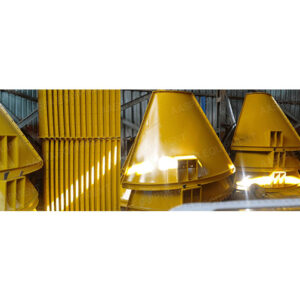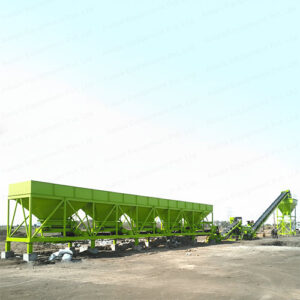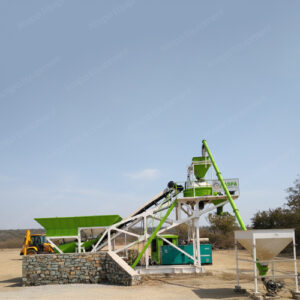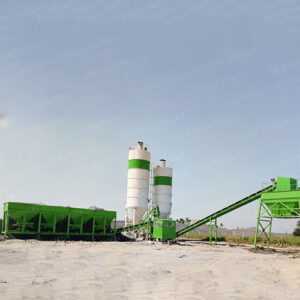Crumb Rubber Modified Bitumen Plant
A superior and resistant emulsifier, Crumb Rubber Modified Bitumen (CRMB) emerges to be an idealistic product for development, construction and maintenance of Indian Roads. An affordable, durable and long lasting solution, CRMB can address to different issues namely, rutting, undulations, raveling, potholes, cracking, bleeding, etc. of roads. The manufacturing process of CRMB includes crumb rubber, resins, hydrocarbon materials, natural asphalt, rubber latex, etc. that are de-vulcanized partially and mechanically treated by chemicals. Crumb Rubber Modified Bitumen performs exceptionally well in showcasing superior flexibility, stability and resistance towards extreme weather conditions, permanent deformation, low and high temperature cracking, etc.
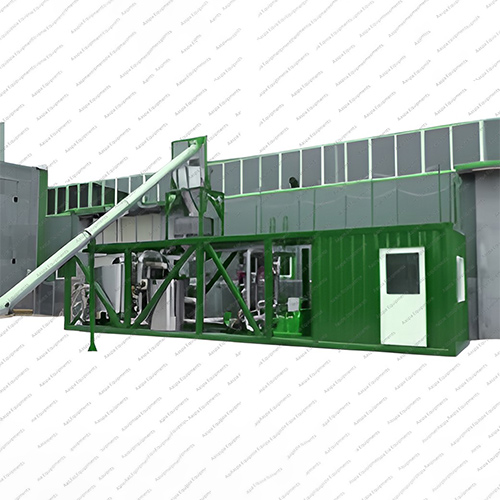
Sub Heading
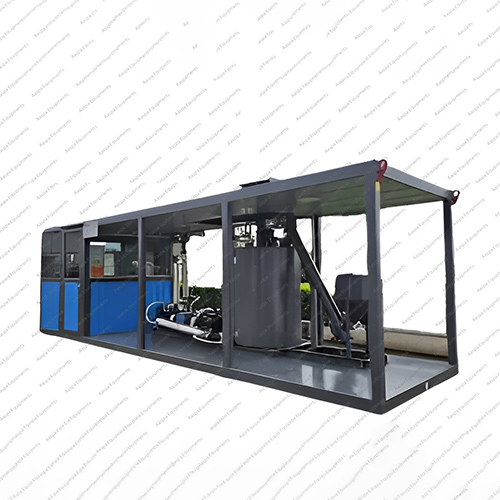
Sub Heading
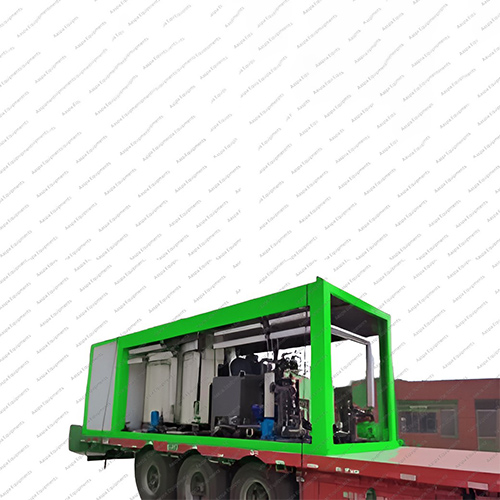
Sub Heading
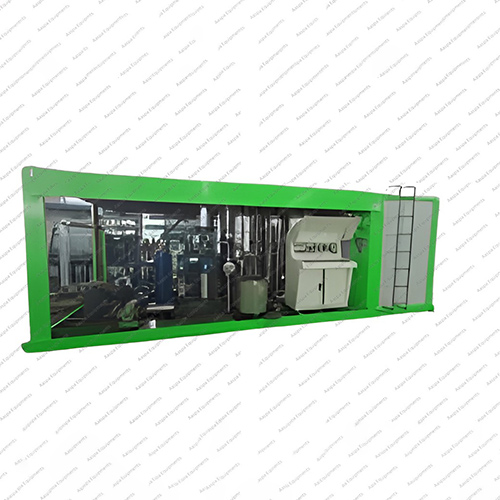
Sub Heading
Application Of CRMB
1. Road construction, development and maintenance
2. Highways, Junctions, Traffic denser roads, Airfield Runways, Heavy
Traffic roads of Sea port, etc…
Introduction To CRMB
Crumb Rubber Modified Bitumen (CRMB) is an innovative binder that enhances the properties of traditional bitumen through the incorporation of crumb rubber derived from recycled tires. This advanced material is designed to improve the performance characteristics of asphalt mixes, providing exceptional durability, flexibility, and resistance to environmental factors. CRMB not only enhances the functionality of bitumen but also supports sustainable construction practices by utilizing waste materials.

1. Accurate Material Blending:
Ensure precise blending of materials and stringent control of the manufacturing process to meet required specifications.
2. Rubber Particle Size:
Utilize small rubber particles, as smaller sizes provide a larger surface area for the bitumen, allowing for quicker penetration and improved performance.
3. Temperature Monitoring:
Maintain strict temperature control throughout all phases of manufacture, storage, transport, and field application to prevent premature deterioration of polymers at high temperatures.
4. Effective Rubber Incorporation:
The rubber incorporation system must efficiently wet out the polymer and ensure uniform dispersion throughout the mixing vessel.
5. Homogeneity Maintenance:
Ensure the homogeneity of the mixture to prevent segregation, which can adversely affect performance.
6. Contamination Prevention:
Avoid contamination with other products that may alter the performance characteristics of the modified bitumen.
1. Sourcing of Crumb Rubber:
The process begins with sourcing waste tires, collected from various recycling centers and waste management facilities. The quality and type of tires used can influence the properties of the final product.
2. Crumb Rubber Processing:
Tires undergo a grinding process to produce crumb rubber particles, typically less than 4.75 mm in size. This particle size increases the surface area of the rubber, facilitating better mixing with bitumen.
3. Heating the Rubber:
The ground crumb rubber is heated to between 160°C and 190°C to enhance compatibility with bitumen and improve performance characteristics.
4. Mixing with Bitumen:
After heating, the crumb rubber is blended with bitumen using specialized mixing equipment. This stage is critical for achieving a homogenous mixture and enhancing the elastic properties of the bitumen.
5. Cooling:
Once mixed, the CRMB is cooled to stabilize the material for storage and transportation, preventing separation of rubber and bitumen components.
6. Quality Control:
The final CRMB product undergoes rigorous quality control testing, including viscosity tests, elasticity tests, and thermal stability tests, ensuring compliance with established performance specifications.
Performance Characteristics Of CRMB
CRMB offers several superior performance characteristics compared to traditional bitumen:
Road Construction And Maintenance:
CRMB is primarily used in high-performance asphalt production for roads, highways, and airport runways. Its superior resistance to rutting, cracking, and deformation under heavy traffic loads makes it an ideal choice for enhancing road durability.
CRMB is utilized in roofing applications, particularly in waterproofing membranes. Its enhanced flexibility and adhesion properties help prevent water infiltration and protect buildings from extreme weather conditions.
Crack Resistance:
The enhanced elasticity of CRMB allows it to absorb stress, mitigating the formation of cracks. This is particularly beneficial in regions with temperature variations, where thermal expansion and contraction can damage traditional asphalt.
Rutting Resistance:
The incorporation of crumb rubber significantly increases resistance to rutting—the permanent deformation of the pavement surface caused by repeated traffic loads. This characteristic is essential for high-traffic areas, ensuring a safer driving experience.
Pavement Rehabilitation:
It effectively repairs existing pavements by improving the bonding of patching materials. CRMB ensures that repairs are durable and can withstand traffic stresses over time.
Colored Pavements:
CRMB can be produced in various colors, making it suitable for aesthetic applications in urban environments, such as decorative driveways and colored crosswalks.
Water Resistance:
CRMB exhibits improved resistance to moisture damage, which is critical in preventing stripping—the process where the asphalt binder separates from the aggregates due to water presence. This property enhances the longevity of pavements.
Sound Absorption:
With excellent sound-absorbing properties, CRMB helps reduce noise pollution in urban areas. This is increasingly important as cities grow and traffic congestion increases.


